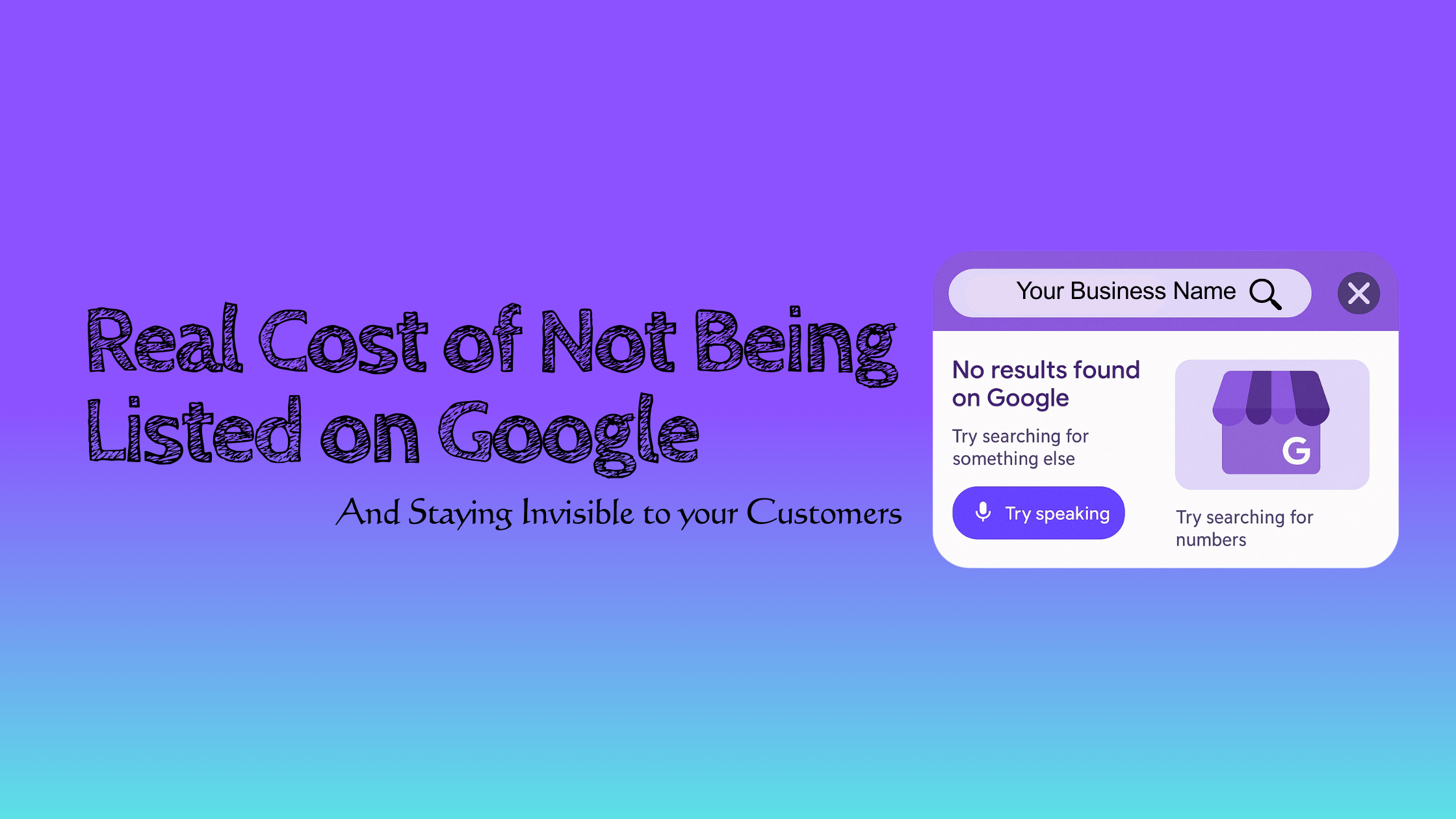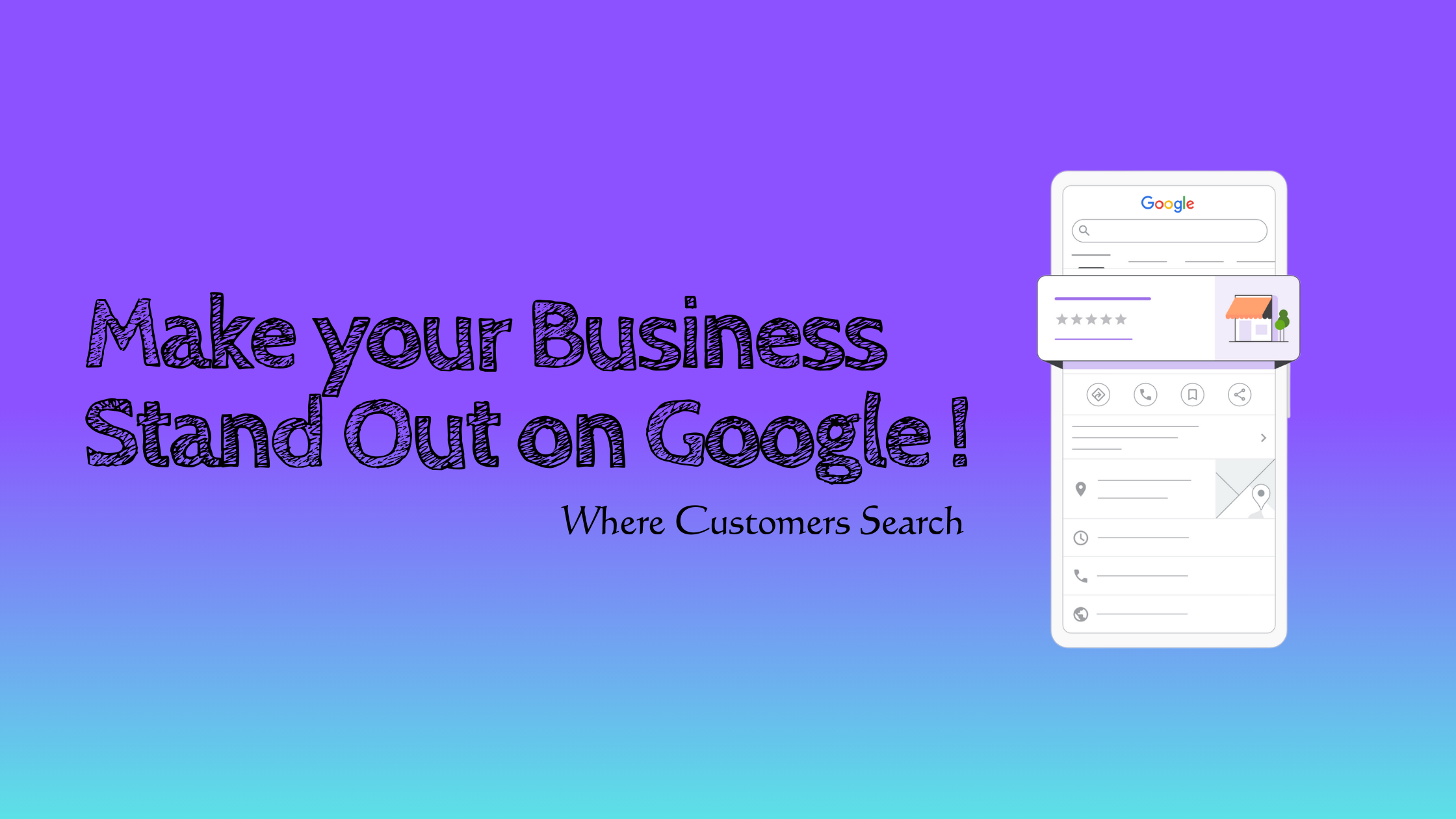Forget likes and followers, In 2025, the real fight for visibility isn’t happening on social media, it’s happening on Google Maps. The top three spots aren’t just positions, they’re profit zones. From cafés to clinics, every business is battling for a place in the Google Map Pack. It’s time to make sure your business leads, not lags.

If you’re a small business owner, ranking in the top three spots on Google Maps isn’t just about visibility,it’s about survival. In 2025, when a customer searches “near me,” they’re ready to buy and the businesses that appear first get the lion’s share of those sales. This guide breaks down the latest strategies for ranking higher on Google Maps in 2025, backed by real-world results, and the newest update. Whether you’re just setting up your Google Business Profile or fine-tuning an existing one, you’ll discover exactly what it takes to land (and stay) on page one.


